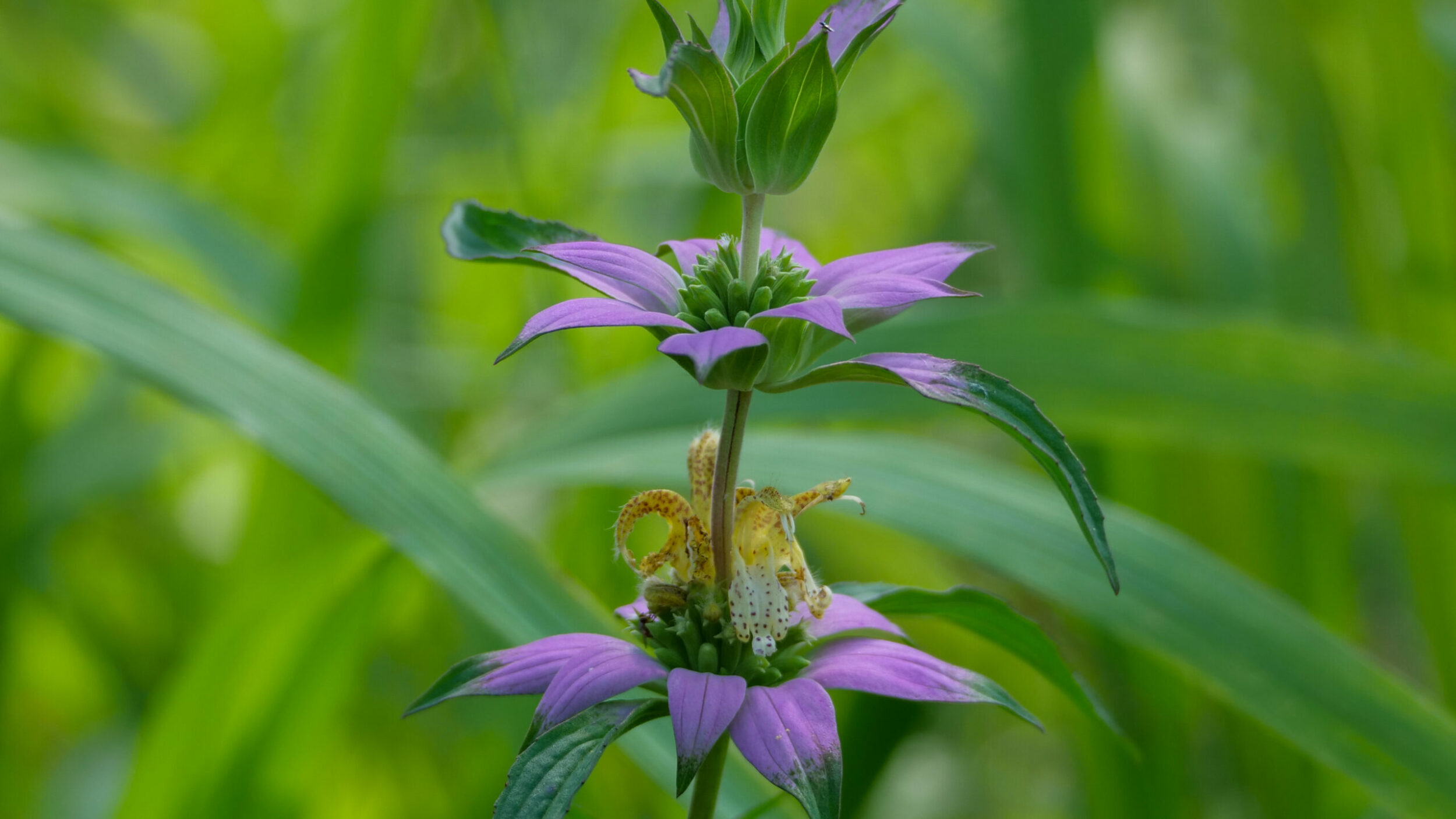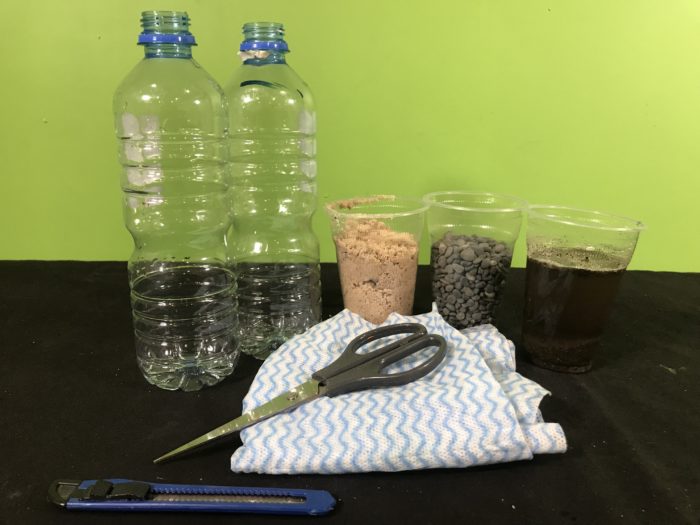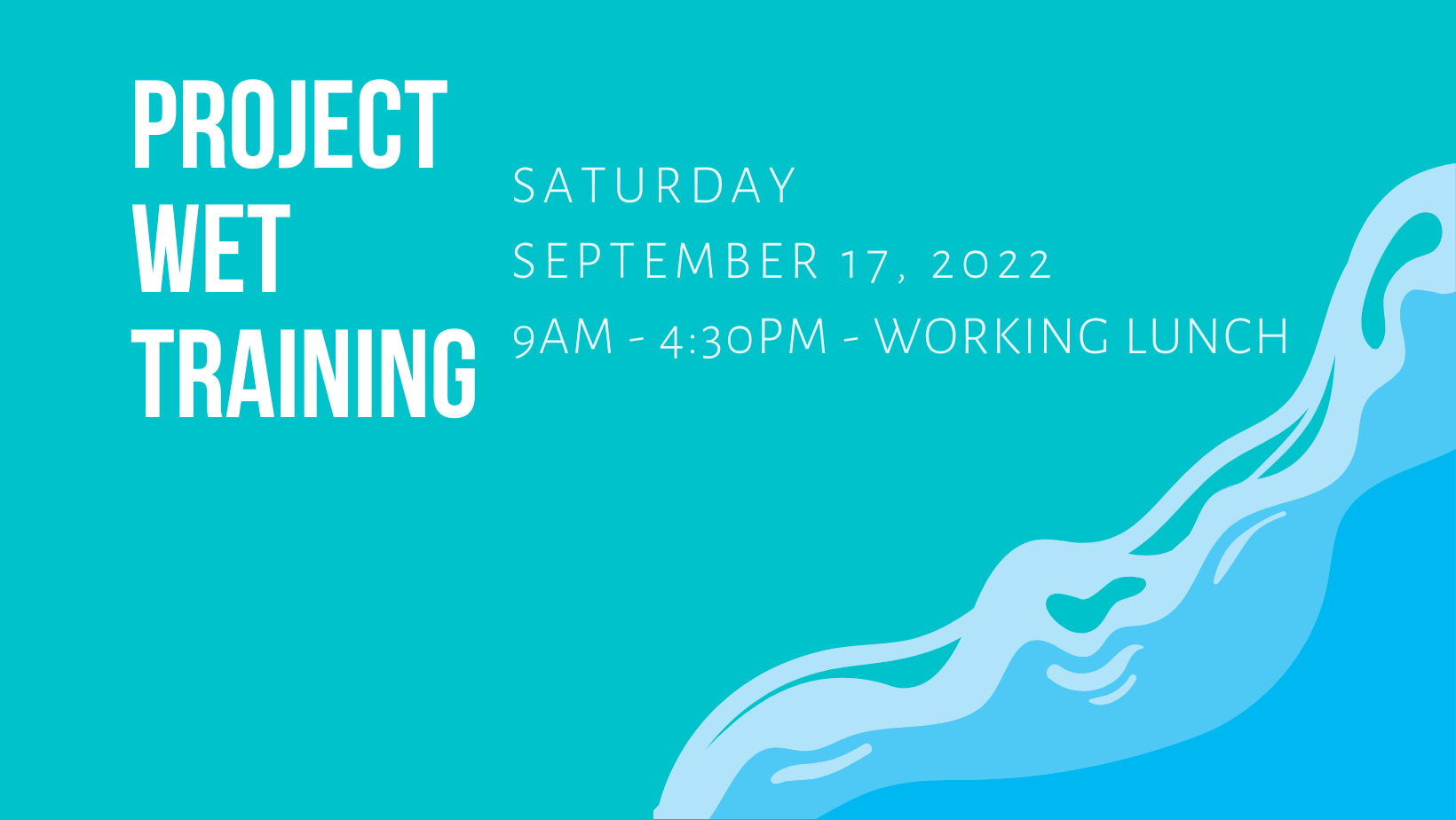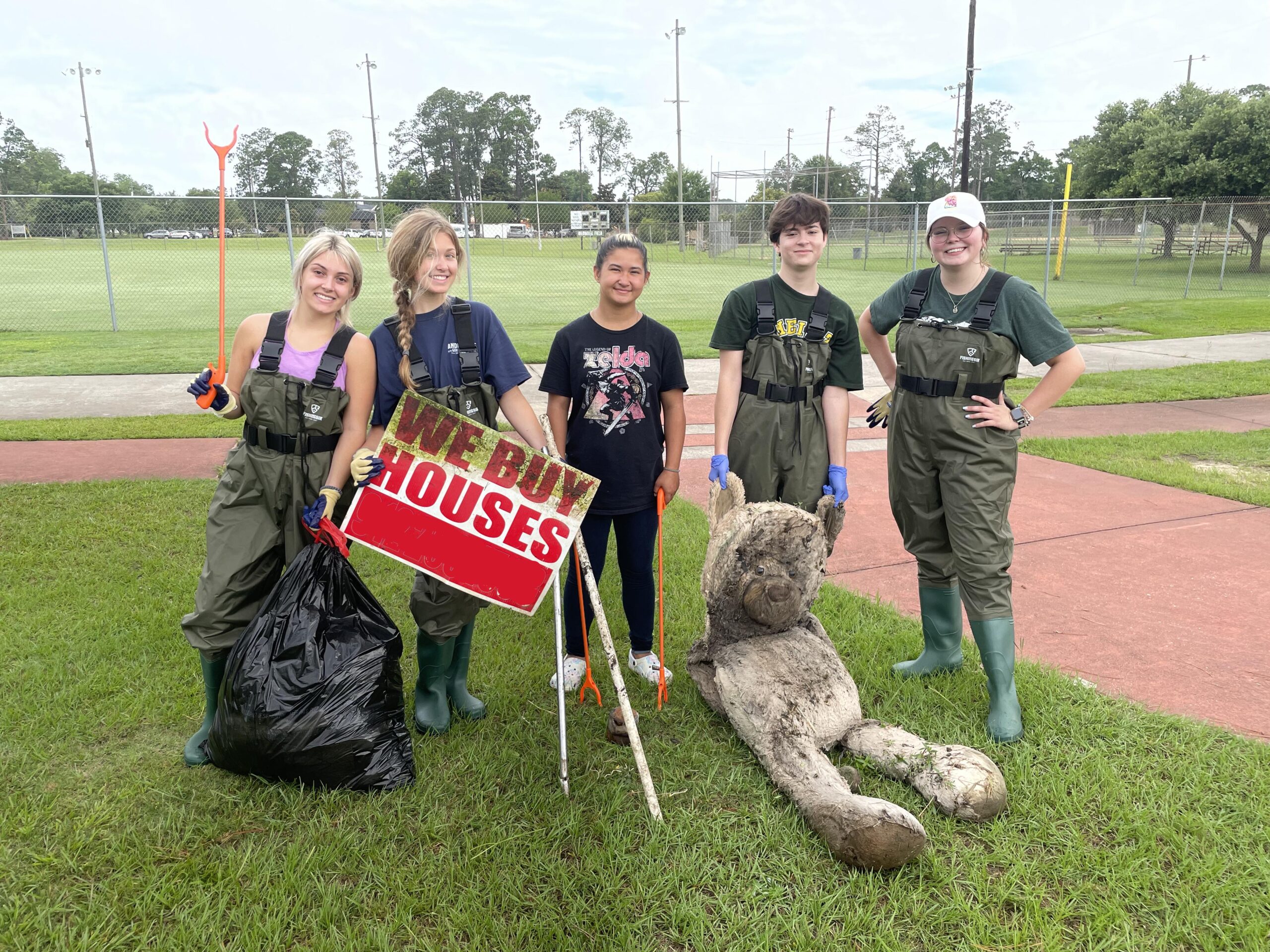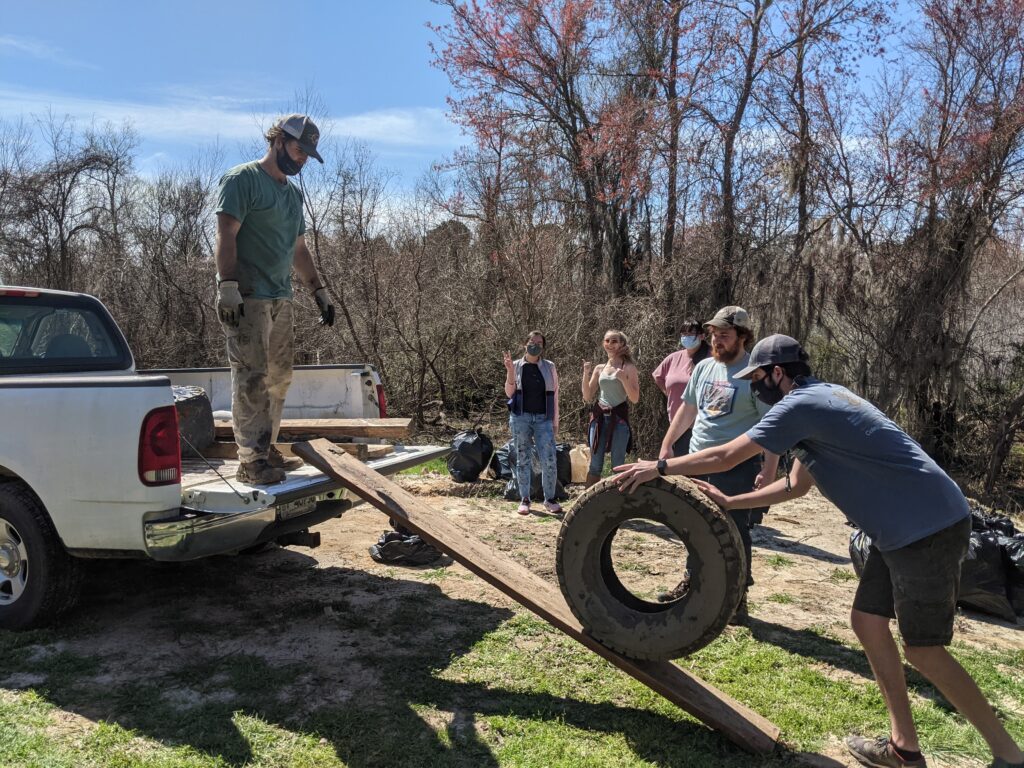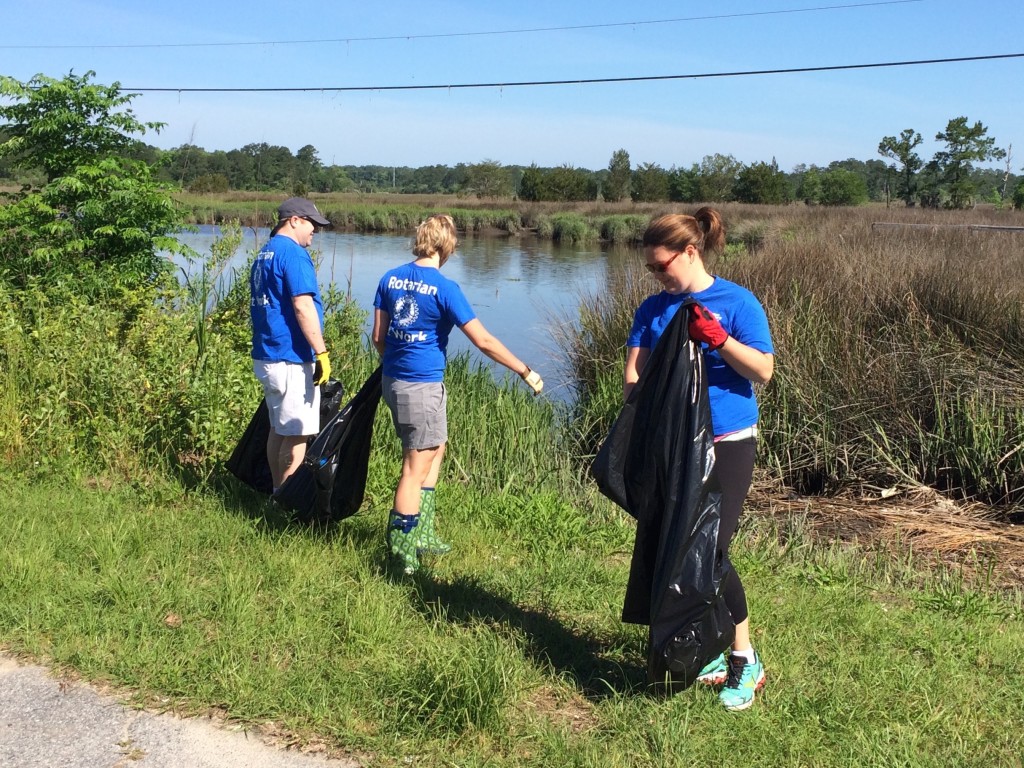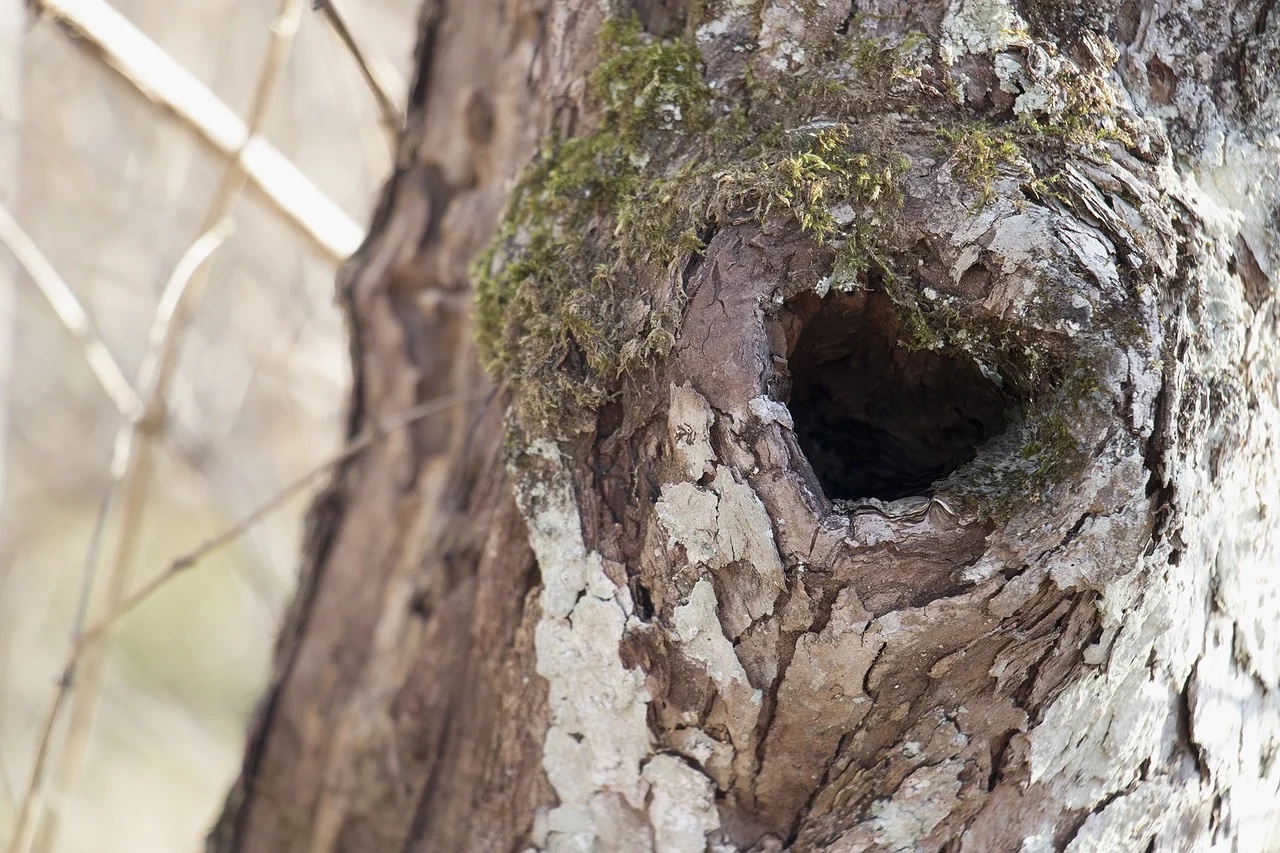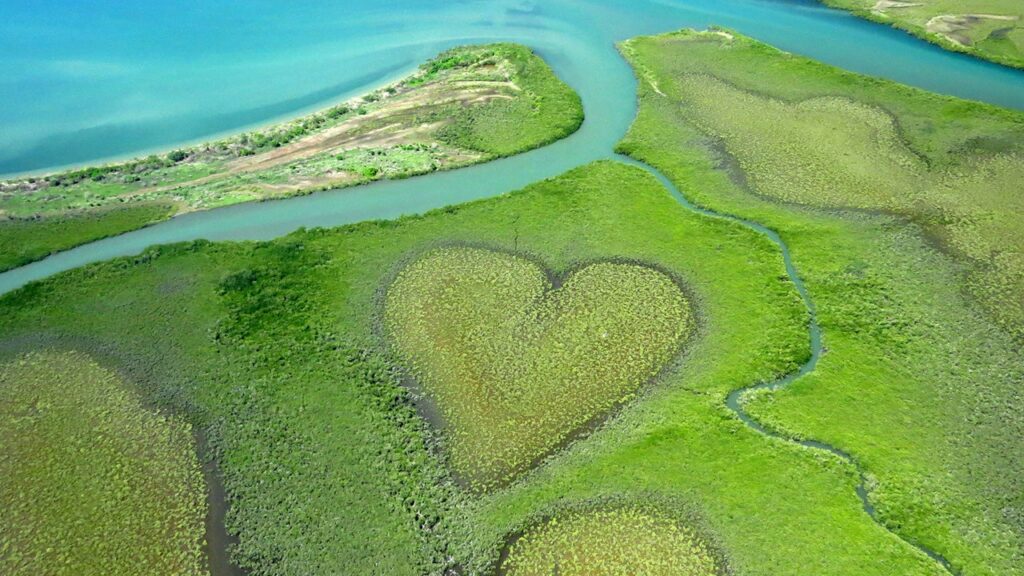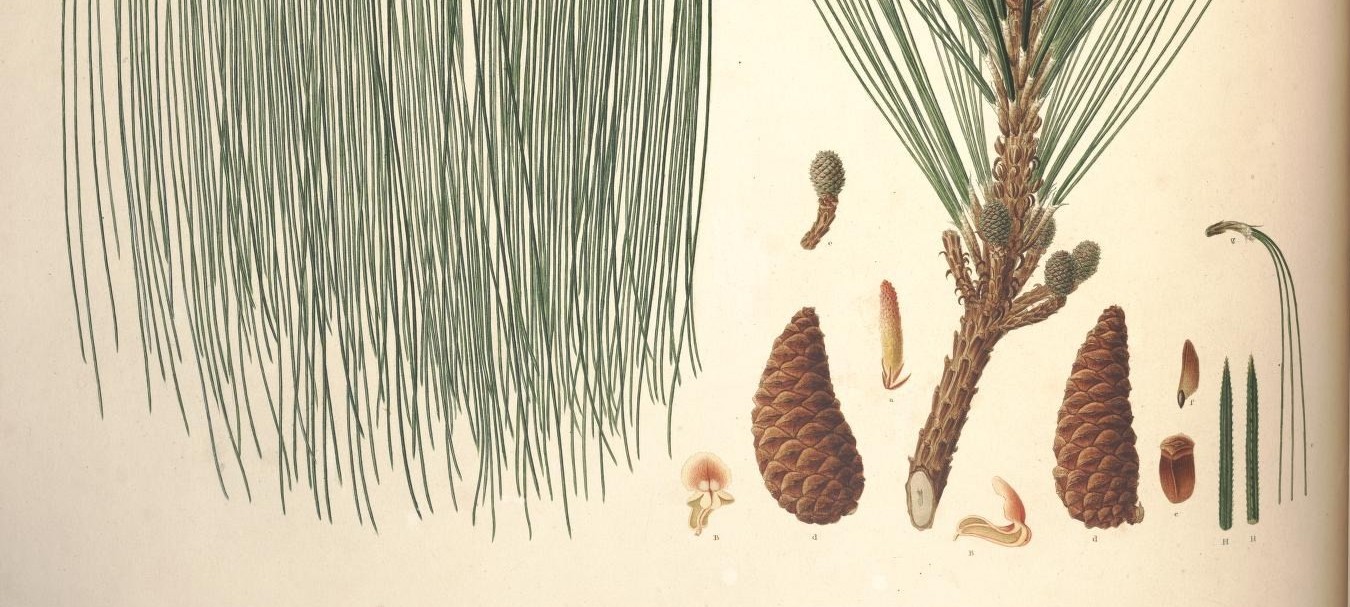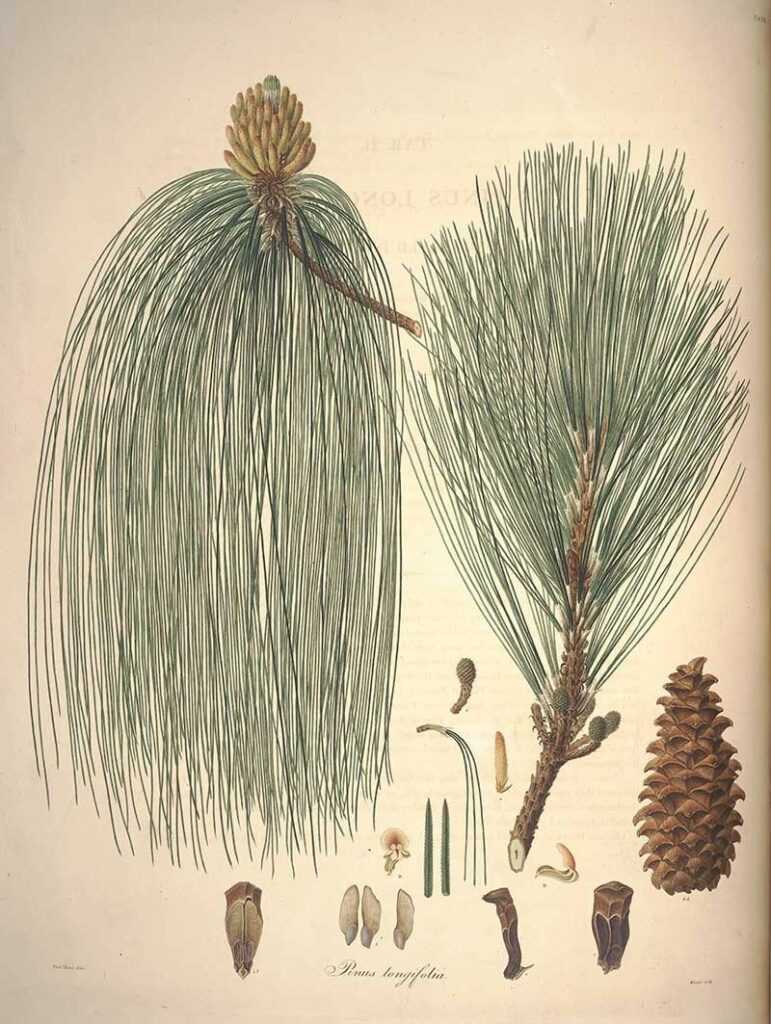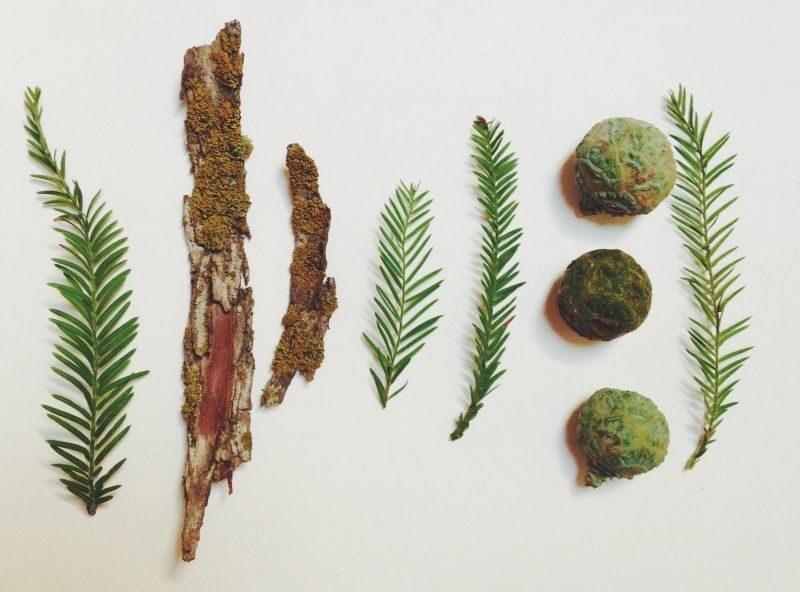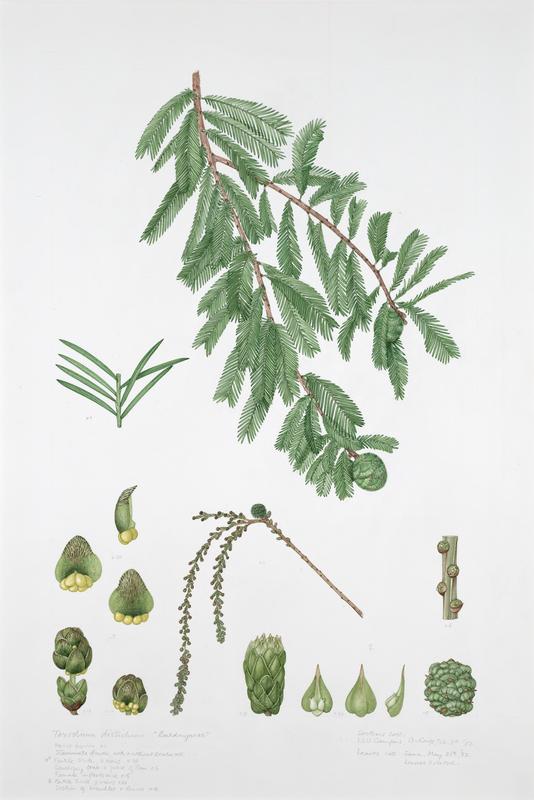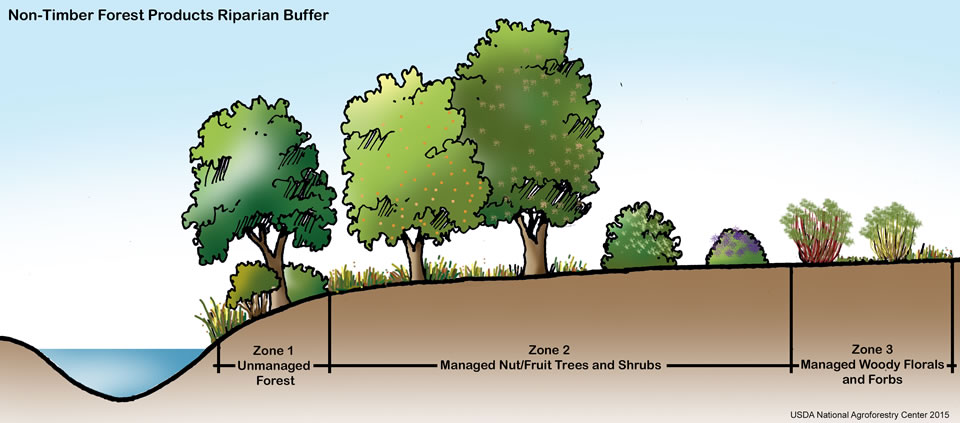
This activity will show you how to use the scientific method to filter water.
*DO NOT drink any of the water in this experiment.*
Before you start this activity, come up with a statement of purpose and hypothesis.
- Why is water filtration important?
- What materials do you think will filter water the best?
Supplies needed: Different size funnels, coffee filters or cheese cloth, sand, clean rocks, empty bottles, water with a little mud or dirt added.
- Set up your station with 3 cups/empty containers.
- Put a coffee filter inside of a funnel (try out which size works best) over each cup/empty container.
- Add sand to one, clean rocks to another and leave the last one empty.
- Try to filter the dirty water through each and discuss your findings.
Which one works the best? Did it match your hypothesis? Do you think plants would help filter it even more? What is the water cycle and which part of it is filtration related to?
Vocabulary:
Riparian Buffer – an area next to a waterway that has natural plant growth.
Hypothesis – an educated guess followed by a scientific experiment to test it out.
Water Cycle – describes how the water on Earth is always changing forms (solid, liquid, gas) and moving between Earth’s layers.
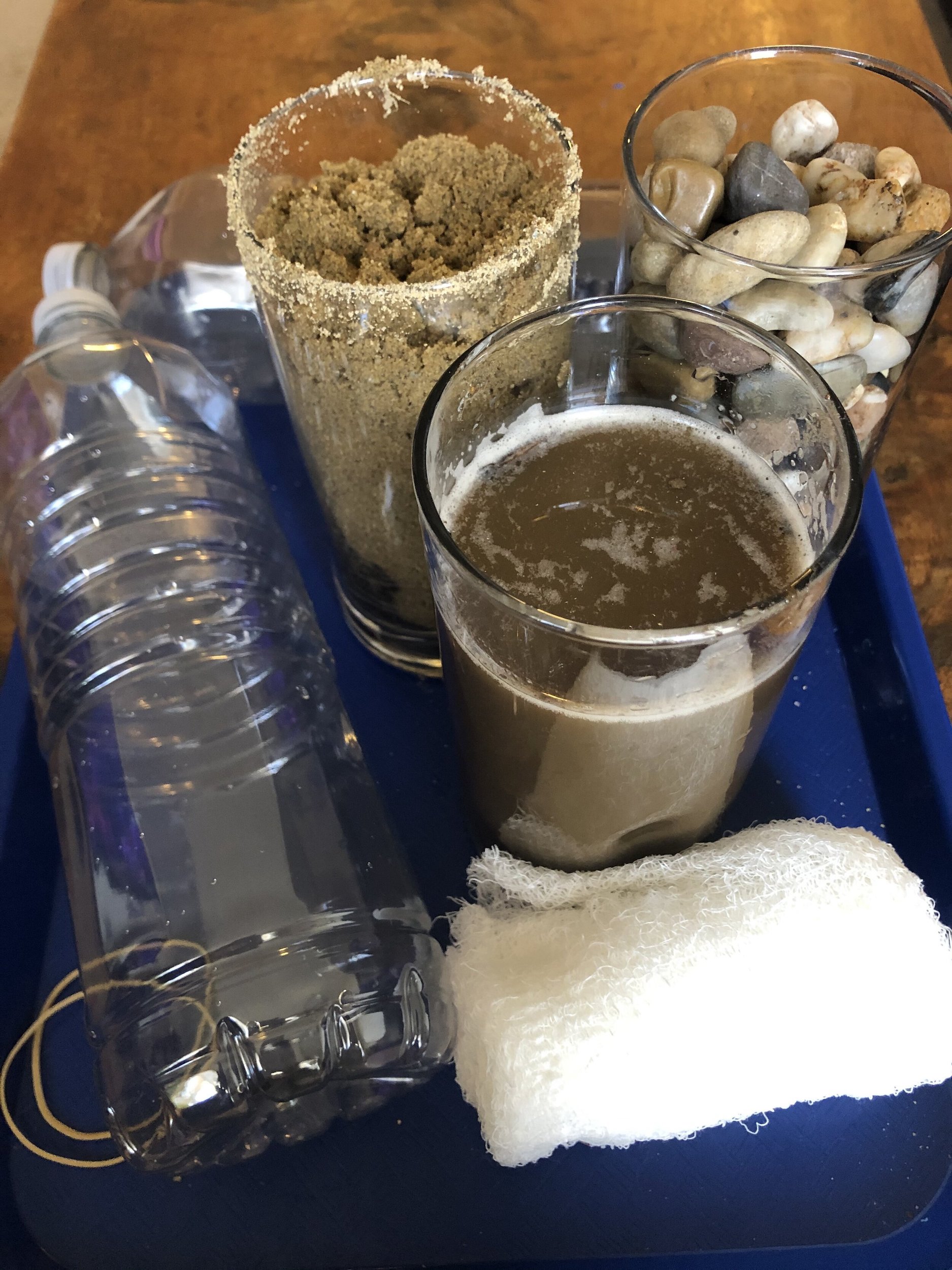
Send us your photos at info@ogeecheeriverkeeper.org.
Activity is open to all ages and meets the needs or can be combined with other activities for the following Georgia Standards of Excellence: Science. Activity can also be used in conjunction with Georgia Project WET activities.
- S3L2. Obtain, evaluate, and communicate information about the effects of pollution (air, land, and water) and humans on the environment.
- S4E3. Obtain, evaluate, and communicate information to demonstrate the water cycle.
- S6E3. Obtain, evaluate, and communicate information to recognize the significant role of water in Earth processes.
